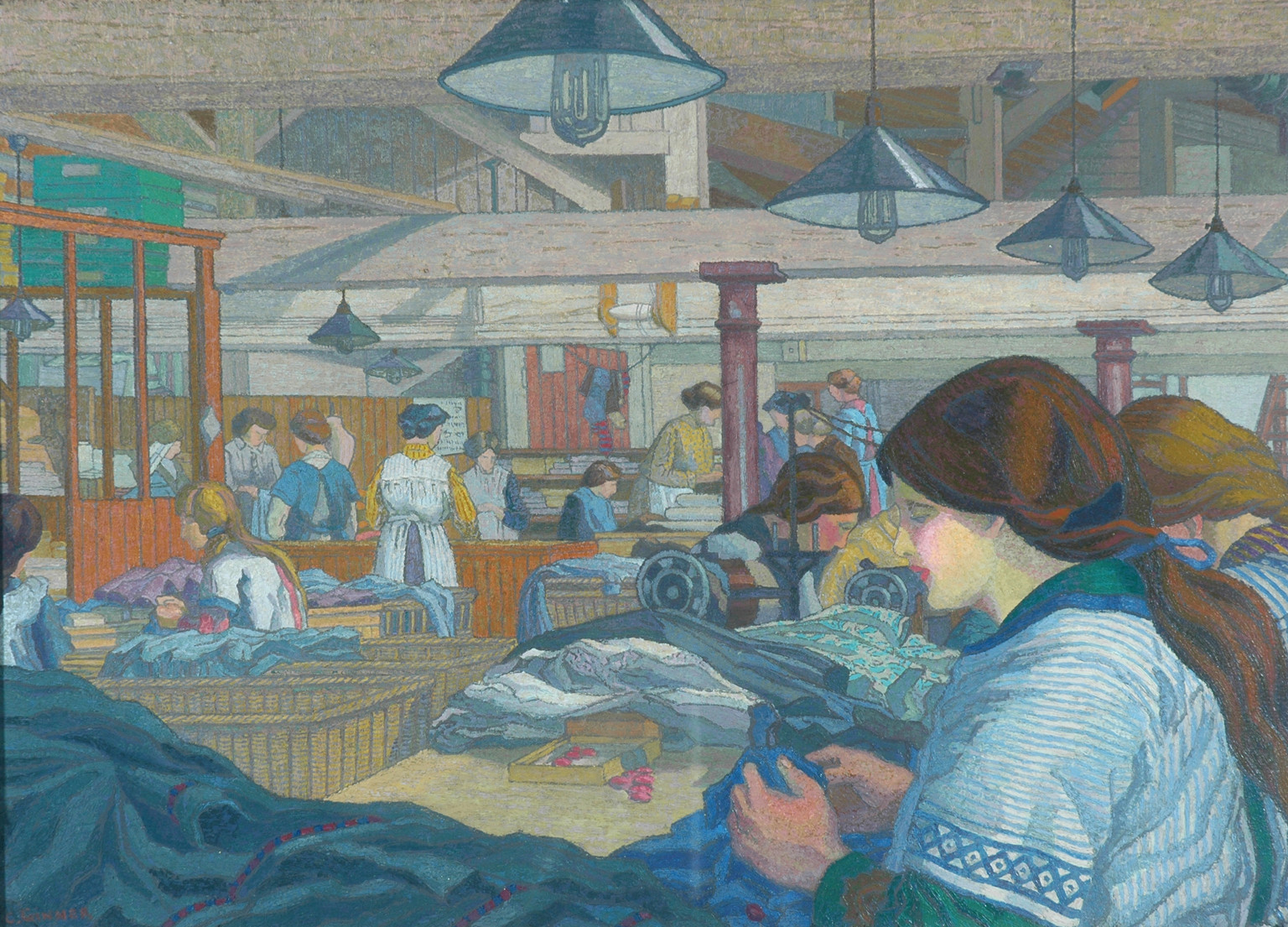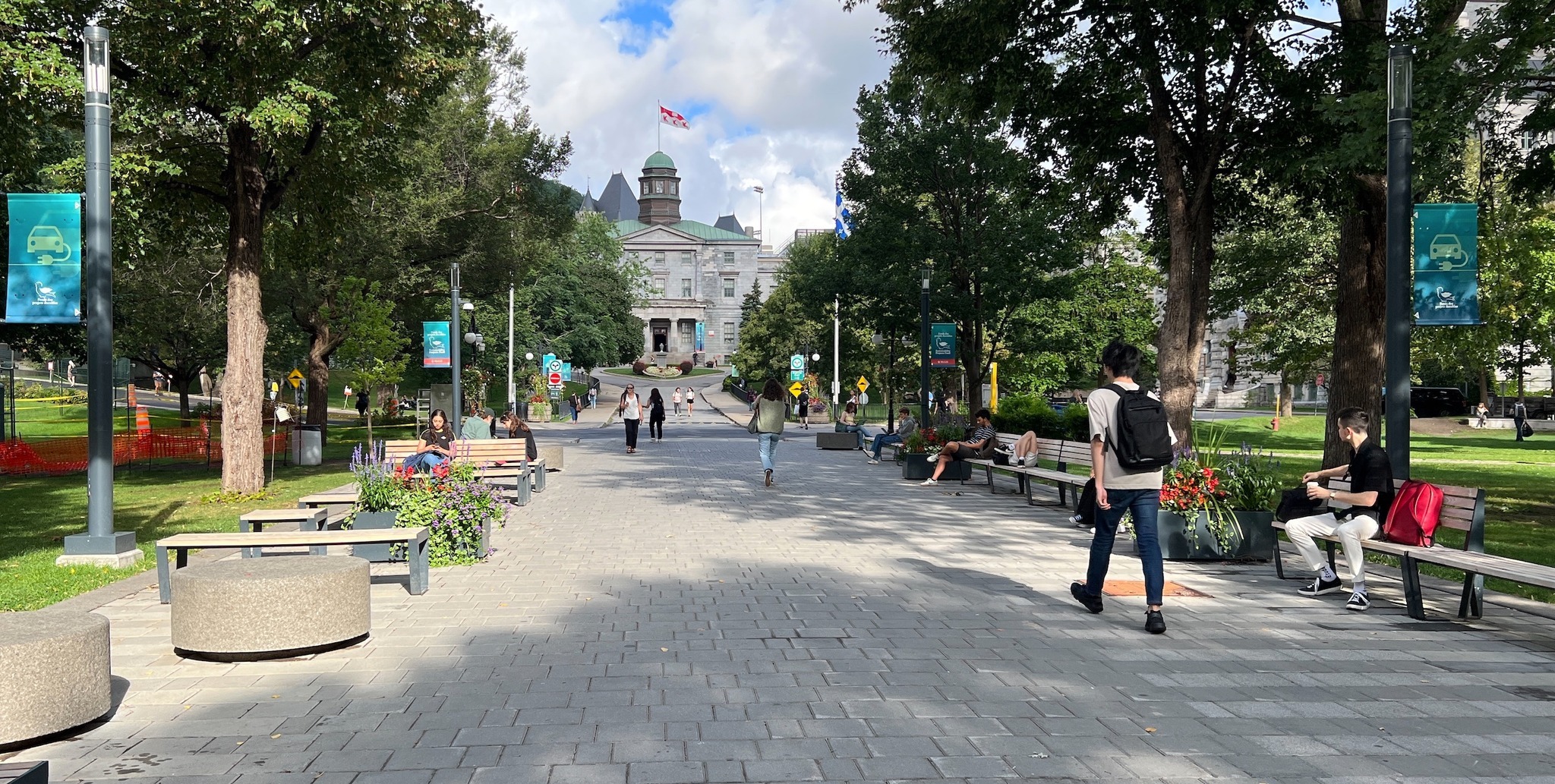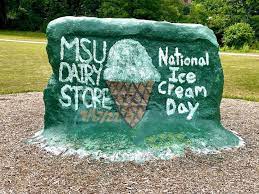By the Numbers. The University of Michigan has a larger reported total workforce (53,000–55,000) compared to Harvard (26,000–30,000). Harvard endowment began in 1638 and is $56 billion. The University of Michigan endowment began in 1826 and is $21 billion.
U.S. Department of Education Initiates Records Request from Harvard University After Discovering Inaccurate Foreign Financial Disclosures
Foreign Donations to Harvard University
There is substantial public information available on foreign donations (gifts and contracts) to Harvard University, primarily through mandatory disclosures under Section 117 of the Higher Education Act. This U.S. federal law requires universities receiving federal financial aid to report foreign-source gifts and contracts valued at $250,000 or more annually to the U.S. Department of Education (ED). The data is publicly accessible, though the original searchable portal was decommissioned in 2024, and it’s now provided via downloadable spreadsheets.
Official U.S. Department of Education Resources
The primary source for comprehensive, official data on foreign gifts and contracts (including those to Harvard) is the ED’s Section 117 Foreign Gift and Contract Data page. It includes spreadsheets with self-reported data from institutions, covering historical and recent reports (e.g., updates as recent as October 2024 and beyond).
Additional ED announcements and reports often reference Harvard, such as:
Harvard has faced scrutiny, investigations, and demands for records from the ED (including in 2020 and renewed in 2025), with reports of underreporting or incomplete disclosures in the past.
Key Findings from Reports and Analyses
Harvard is one of the largest recipients of foreign funding among U.S. universities. Highlights from Department of Education data and media analyses include:
- Since January 2020, Harvard received over $151 million from foreign governments alone (e.g., significant amounts from the United Arab Emirates, Egypt, Saudi Arabia, Qatar, and Bangladesh).
- Historical totals: Over $1 billion from foreign sources between 2013–2019, and continued large inflows (e.g., $218 million since January 2022 in one period).
- Top contributing countries often include England (largest overall, mostly individual gifts), China, Hong Kong, Switzerland, Qatar, Saudi Arabia, and others.
- Concerns have focused on potential influence from countries like China, Qatar, and Saudi Arabia, amid national security discussions.
Reliable Reporting from The Harvard Crimson
The Harvard Crimson (Harvard’s student newspaper) frequently analyzes ED data:
Other Reliable Sources
Note that while the ED data is the authoritative source, it relies on university self-reporting, and there have been ongoing debates about completeness (e.g., contracts for executive education or publications may be included). For the most up-to-date raw data, check the ED spreadsheets directly, as figures can be updated retroactively. If you’re looking for specifics on a country (e.g., Qatar or China) or time period, feel free to ask for more targeted details!
CASE IQ: Harvard University

























